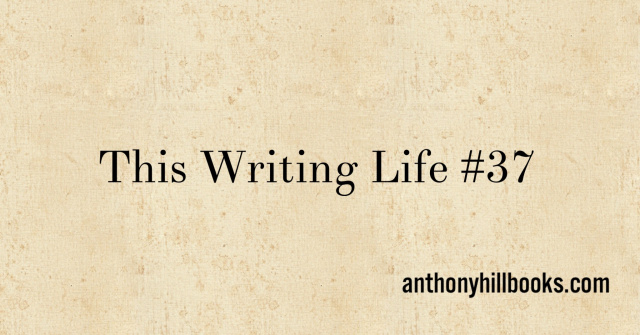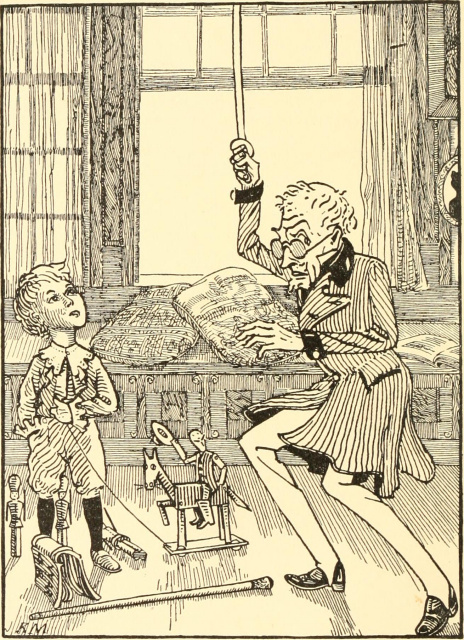Seven Sensible Steps to Success As A Writer
#37 Re-vision

Like any other work of the creative imagination, a book must have its own inner form and coherence, layers of interpretation and sustained metaphor, if it is to speak truthfully to the reader.
I find it important to go over the work constantly. The words checked for meaning and repetition. The development and cadences of the paragraphs looked at with a critical eye for harmony and substance – exactly as one approaches music, or an artist examines a painting.
 One very useful tool in this respect is to read the text out loud to help pick up inconsistencies, errors or gaps in the narrative that may need to be filled with a little more information.
One very useful tool in this respect is to read the text out loud to help pick up inconsistencies, errors or gaps in the narrative that may need to be filled with a little more information.
Or too much unnecessary information removed, as the case may be.
The technique also enables you to test the flow and rhythm of the sentences for sense and variation, and to hear if the dialogue is both coherent and serving its purpose to advance the plot and illuminate character.
All stories spring from the oral tradition.
And in this age when so many novels become ‘talking books’ in one form or another, I think it important that a text not only reads well on the page, but also sounds well when told to a receptive audience.
Next: Drafting. And Re-Drafting
Photo: Wally Wanderoon and his story-telling machine (1908). Wikipedia.
